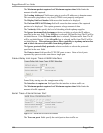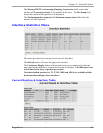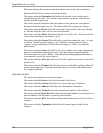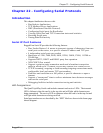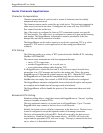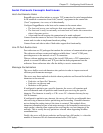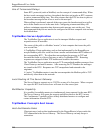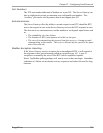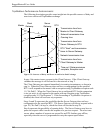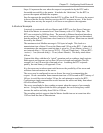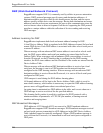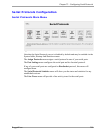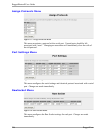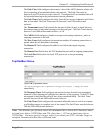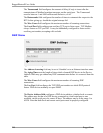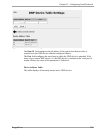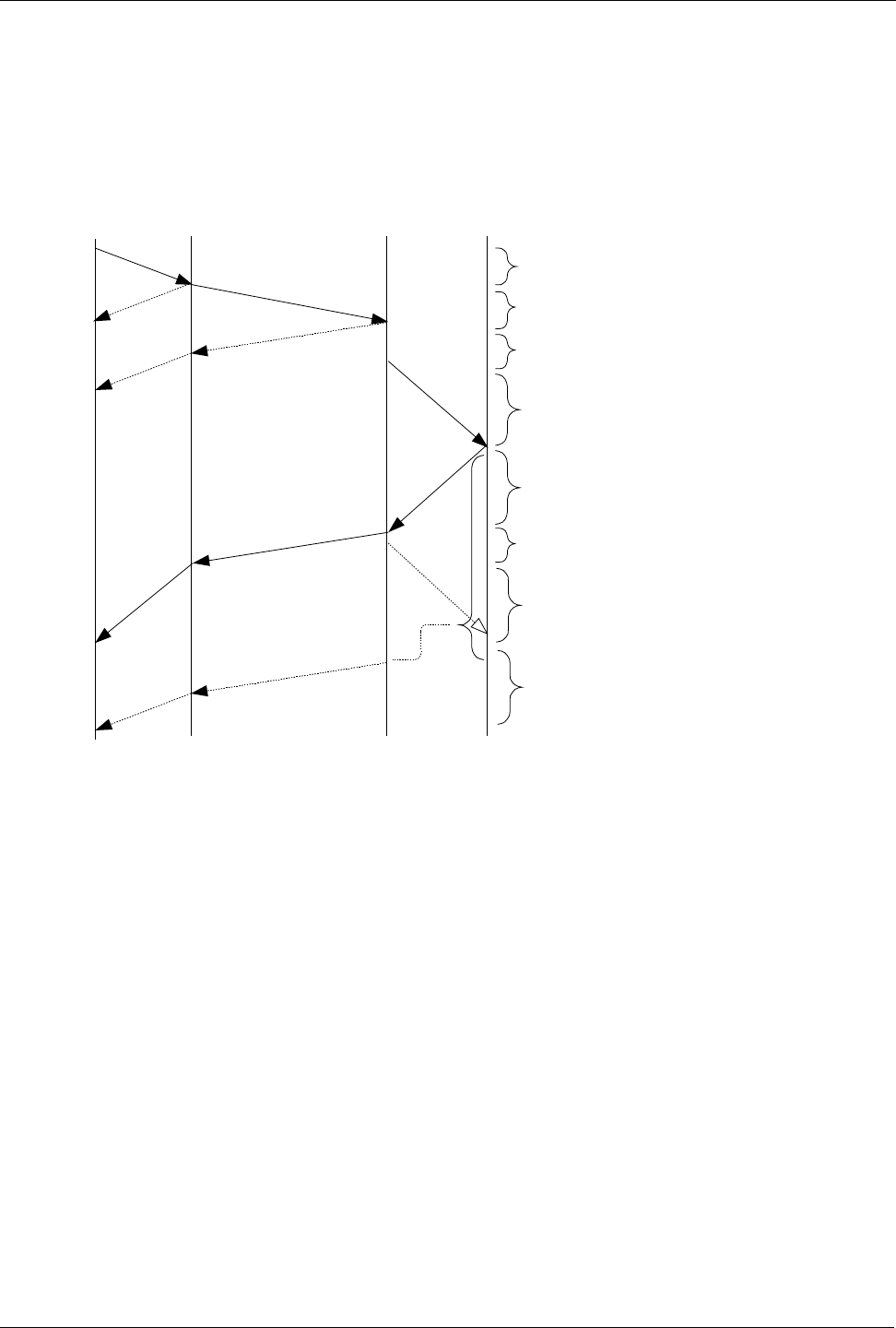
RuggedRouter® User Guide
TcpModbus Performance Determinants
The following description provides some insight into the possible sources of delay and
error in an end-to-end TcpModbus exchange.
Figure 175: Sources of Delay and Error in an End to End Exchange
In step 1 the master issues a request to the Client Gateway. If the Client Gateway
validates the message it will forward it to the network as step 2.
The Client Gateway can respond immediately in certain circumstances, as shown in
step 1a. When the Client Gateway does not have a configuration for the specified
RTU it will respond to the master with an exception using TcpModbus exception code
11 (“No Path”). When the Client Gateway has a configured RTU but the connection
is not yet active it will respond to the master with an exception using TcpModbus
exception code 10 (“No Response”). If the forwarding of TcpModbus exceptions is
disabled, the client will not issue any responses.
Steps 3a and 3b represents the possibility that the Server Gateway does not have
configuration for the specified RTU. The Server Gateway will always respond with a
type 10 (“No Path”) in step 3a, which the client will forward in step 3b.
Step 4 represents the possibility of queuing delay. The Server Gateway may have to
queue the request while it awaits the response to a previous request. The worst case
occurs when a number of requests are queued for an RTU that has gone offline,
especially when the server is programmed to retry the request upon failure.
202 RuggedCom
Master
Client
Gateway
Server
Gateway
RTU
Transmission time from
Master to Client Gateway
Network transmission time
Transmission time from
Server Gateway to RTU
RTU "think" and transmission
times to Server Gateway
Network transmission time
Transmission time from
Client Gateway to Master
Queuing time
1
5
8
6
3b
3a
4
2
9b
9a
9d
9c
7
Time-out / Retransmissions
complete, Exception sent
1a



